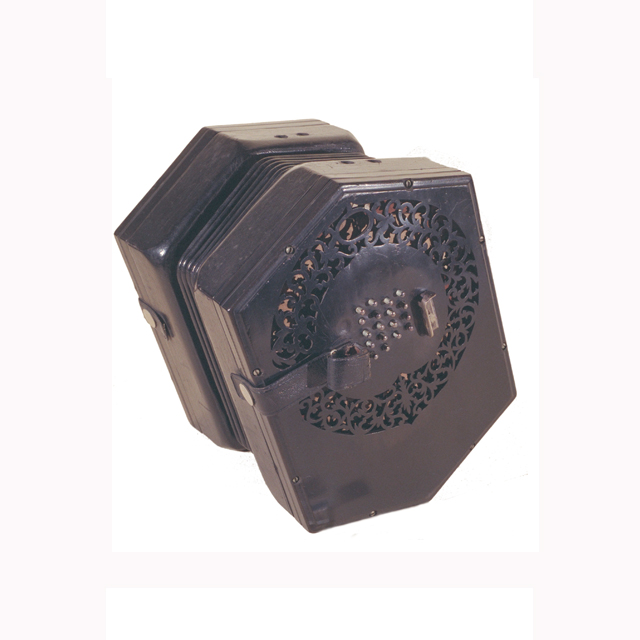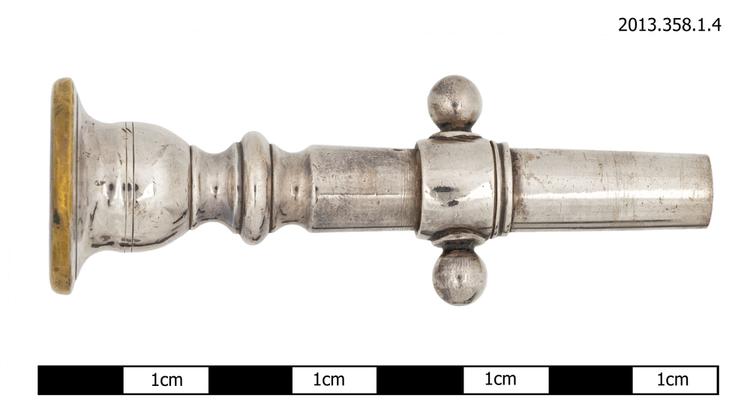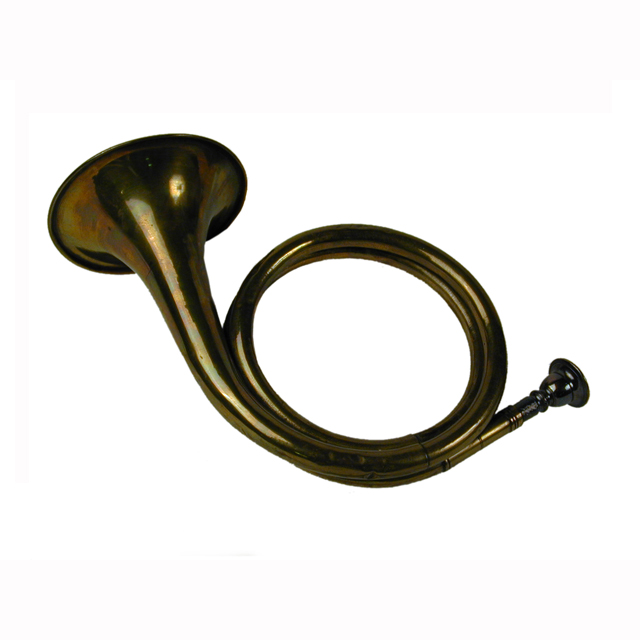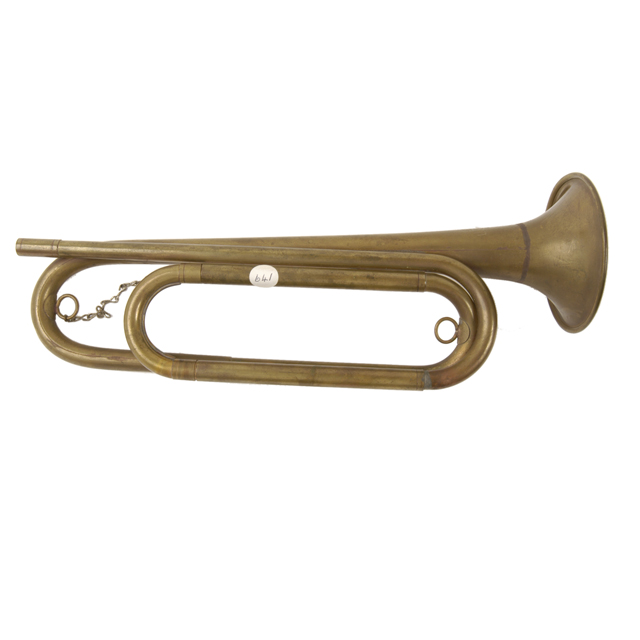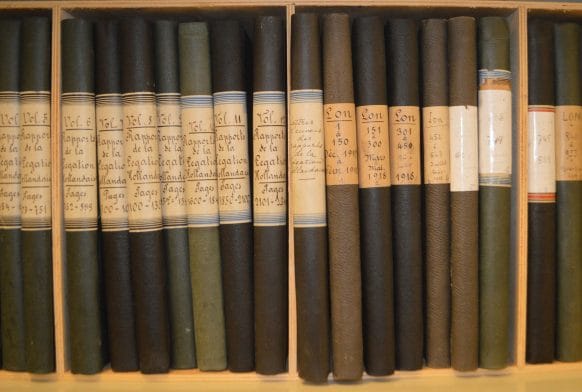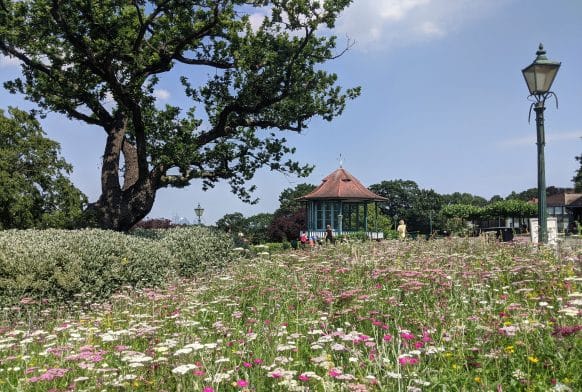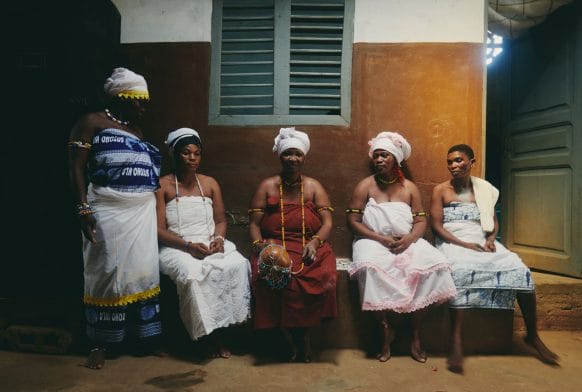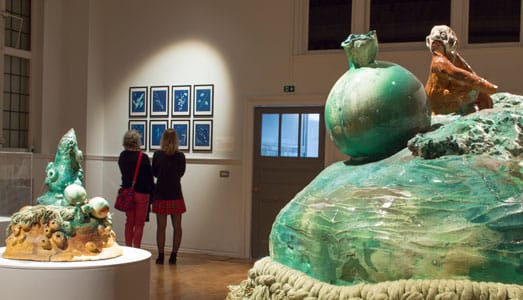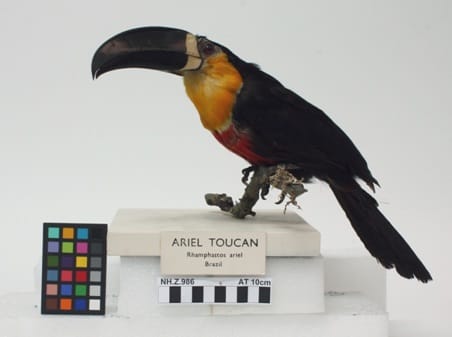Dulcitone. Compass AA-a3, 5 octaves, chromatic. Serial no. 499. Sounds at 4-foot pitch. key a1=873.7Hz. (note a=436.3Hz. The octaves are not in tune with each other.) On a mahogany stand with four cabriole legs.
A dulcitone is a keyboard instrument in which sound is produced by a range of tuning forks, which vibrate when struck by felt-covered hammers activated by the keyboard. The instrument was invented, designed and patented by Thomas Machell of Glasgow in 1882 and 1888, and manufactured by the firm of Thomas Machell & Sons during the late nineteenth and early twentieth centuries. There is one pedal device (now detached) which lifts the dampers. The pedal should have been pivoted at the left front leg at the bottom and connected by rod or cord to the wooden damper lifting bar within. Patent can be viewed at: http://worldwide.espacenet.com/publicationDetails/biblio?FT=D&date=19010720&DB=EPODOC&locale=en_EP&CC=GB&NR=190103080A&KC=A&ND=4 .Accessed by MWaitzman 29 January 2016. overall with lid open (inches) 38.7008 x 40.5512 x 15.748 in.;
The Dulcitone is a keyboard instrument that came to be known as the missionary’s piano. Its simple and compact construction, with tuning forks (rather than strings) struck by felt-covered hammers, made it cheap and practical for travel to places, such as the British colonies, where the environment was less temperate. It would need far less regular tuning and maintenance than a conventional piano, and the structure, without the tension of strings, would be a great deal more stable. The instrument gradually came to be marketed as ‘a boon on board ship or in camp or in hospital’ and the promotional material featured a hospital ward sister at the keyboard. This particular Dulcitone probably dates from an earlier period when the instrument was first envisaged as a quiet alternative to the piano and a charming addition to the late Victorian music room or parlour. Unlike later examples which were rectangular and made of oak with legs that could be folded underneath, this one is more delicate and handsomely made of solid mahogany. It is trapezoidal in shape and fastened on a mahogany stand with cabriole legs.



